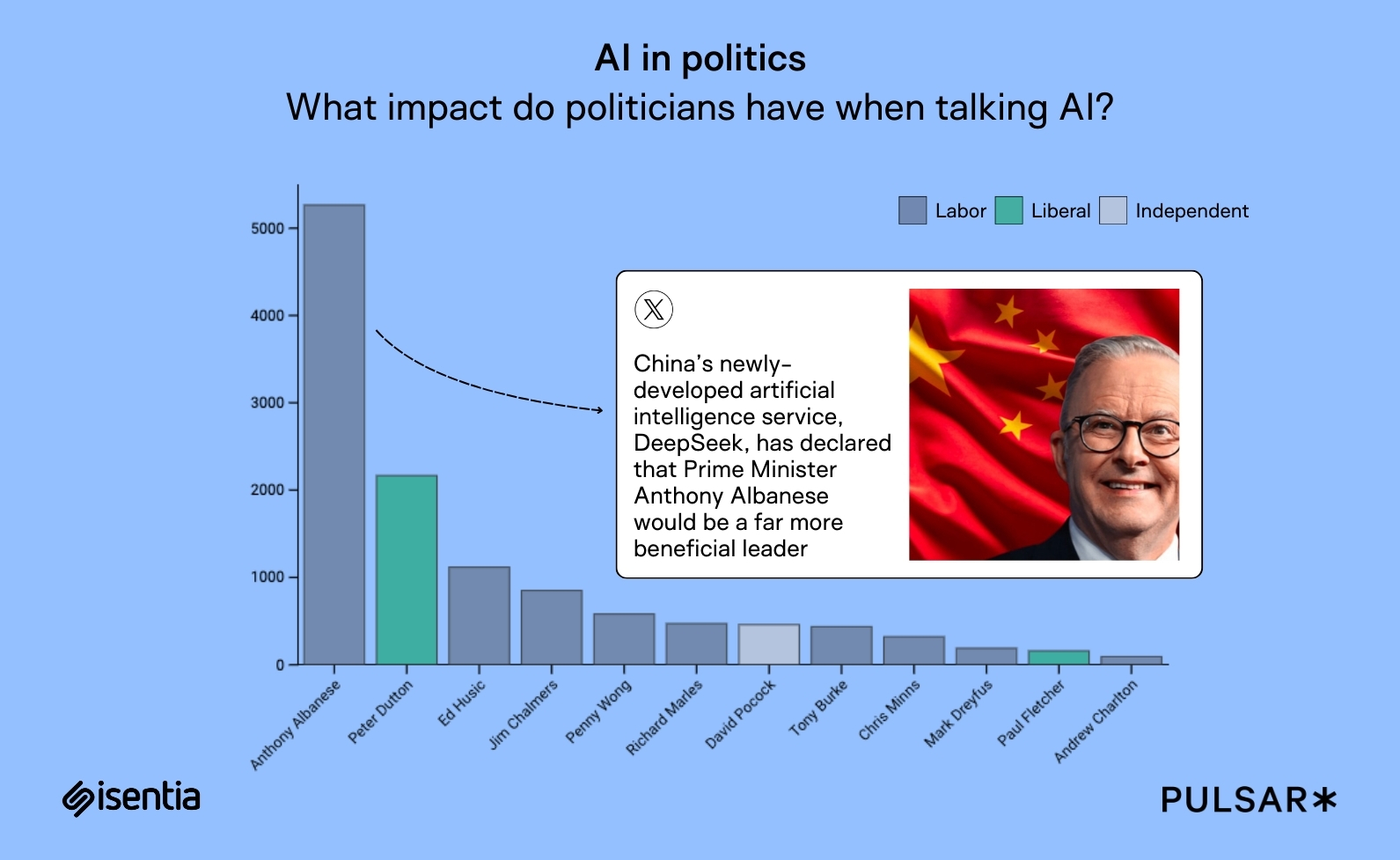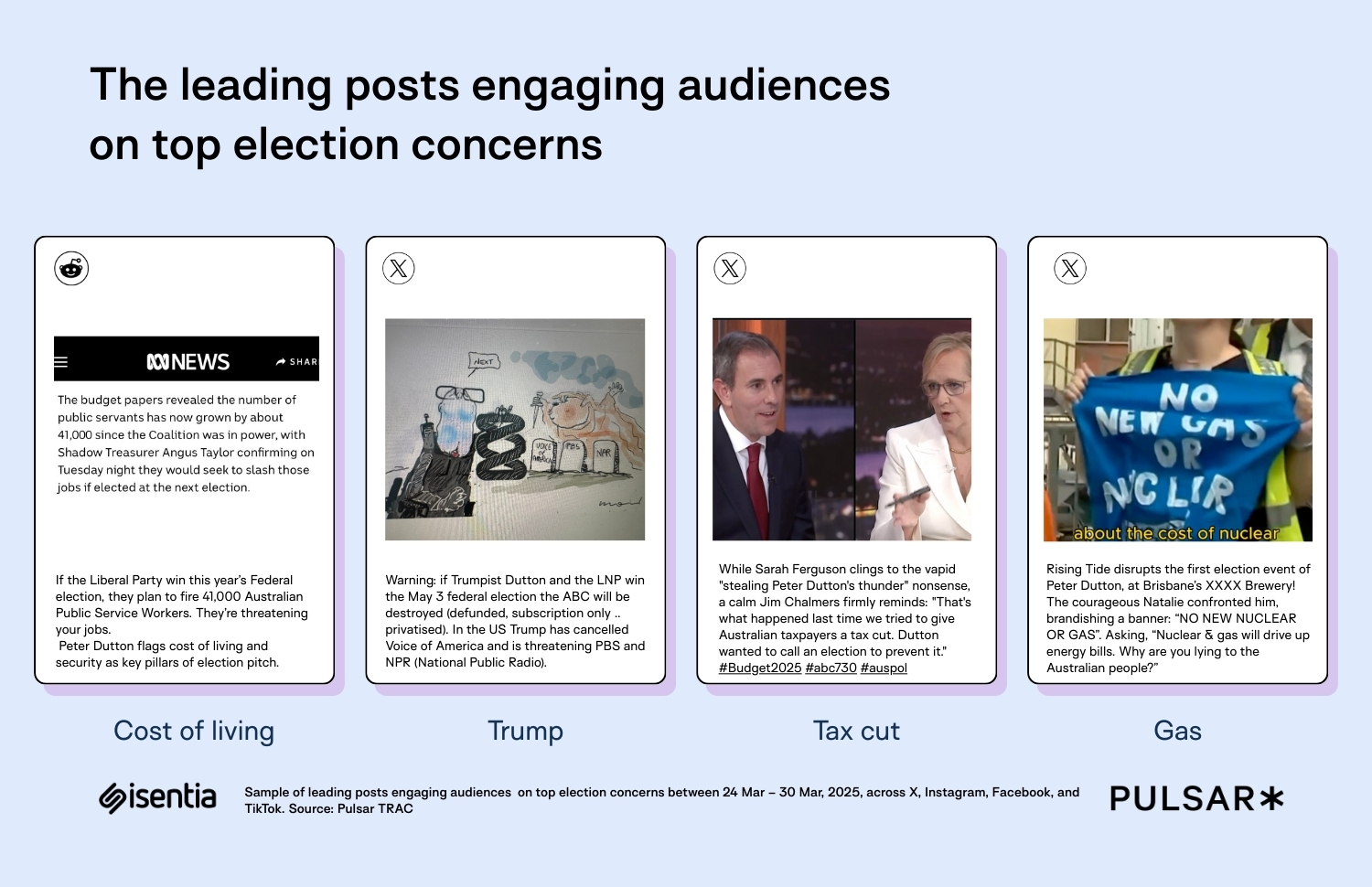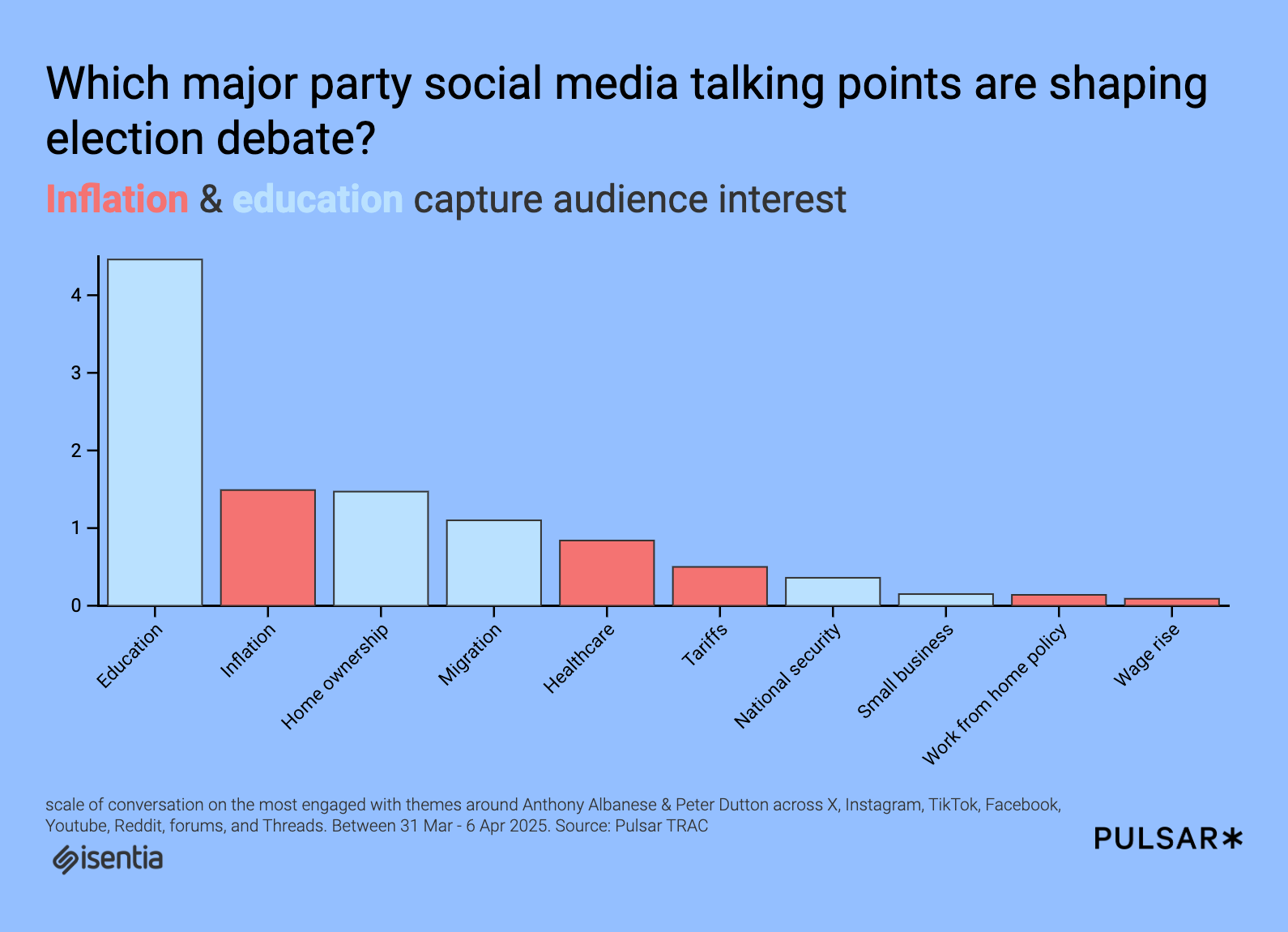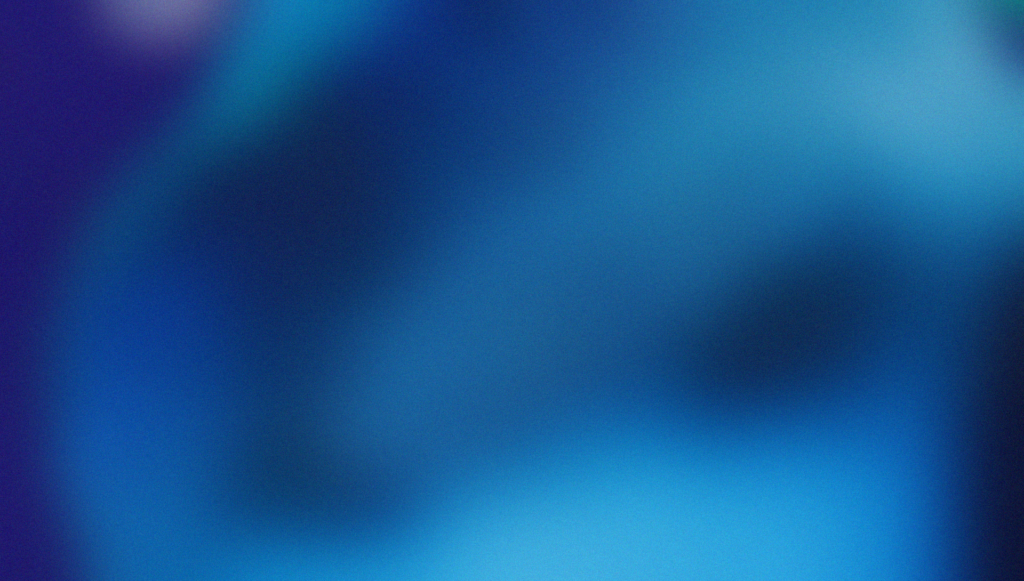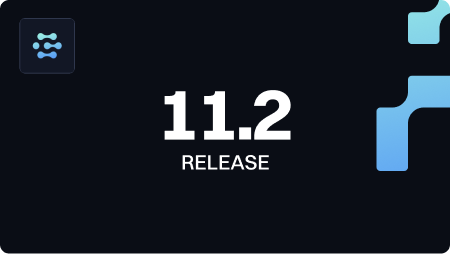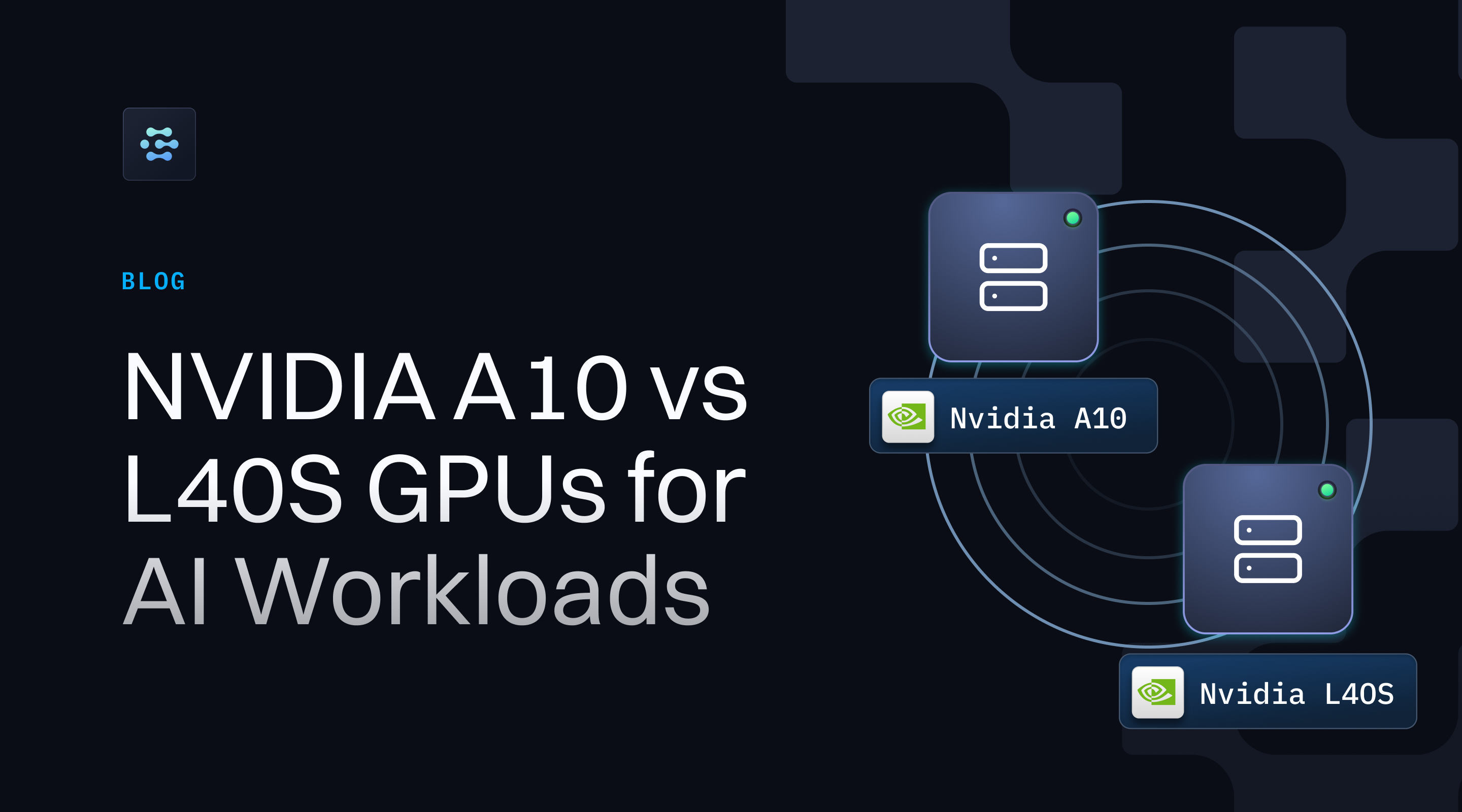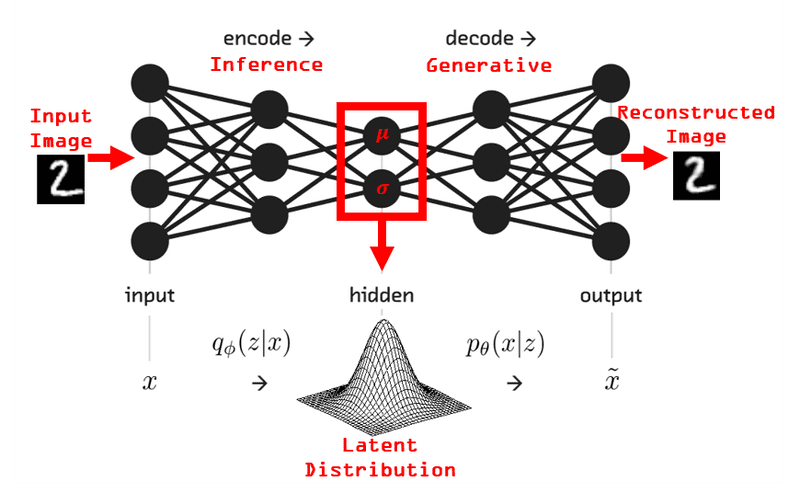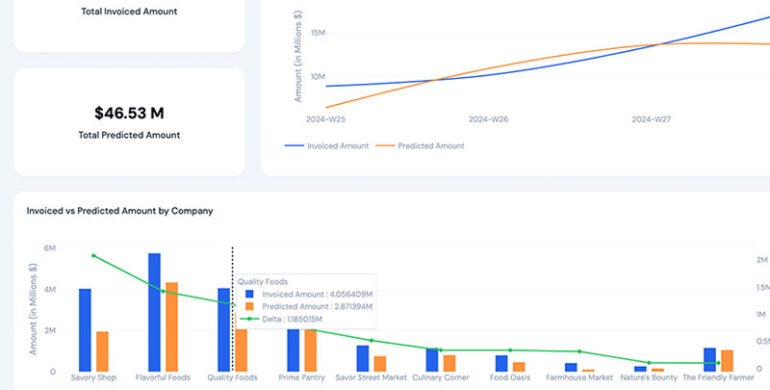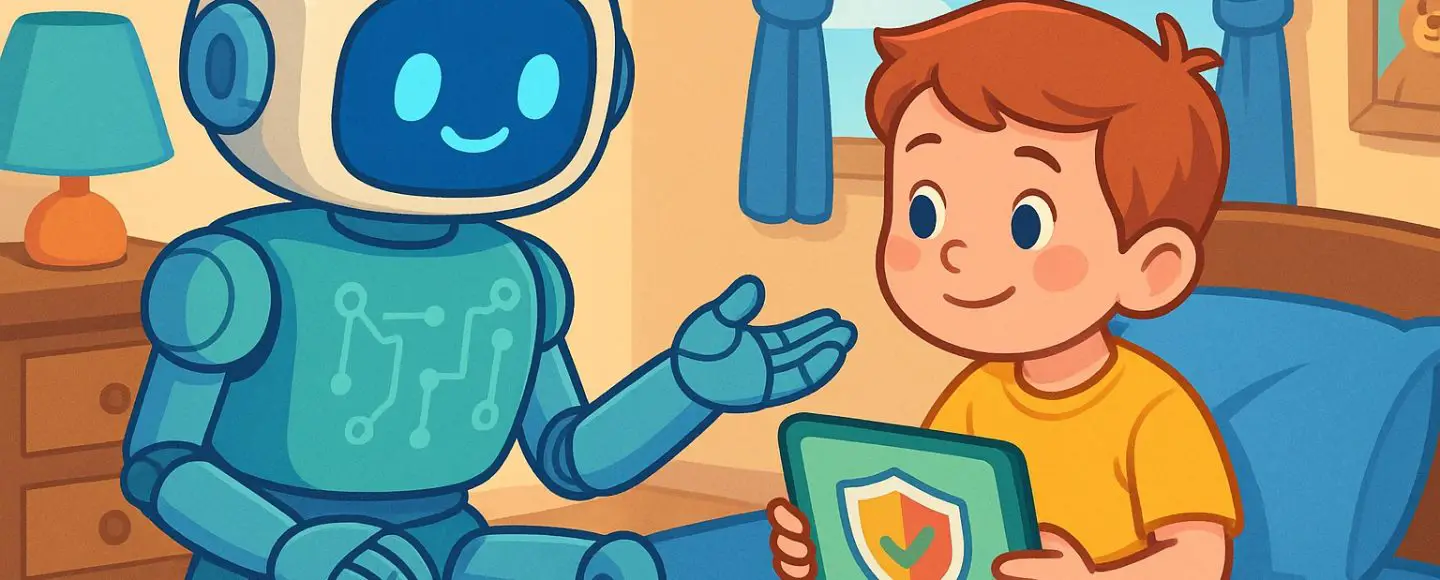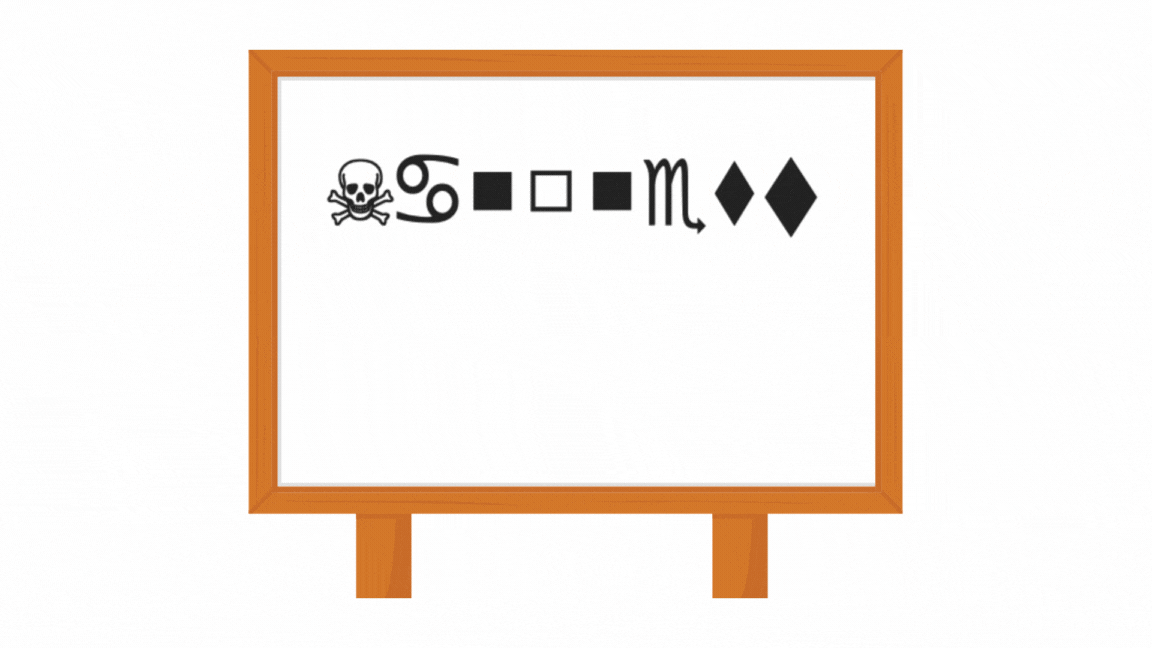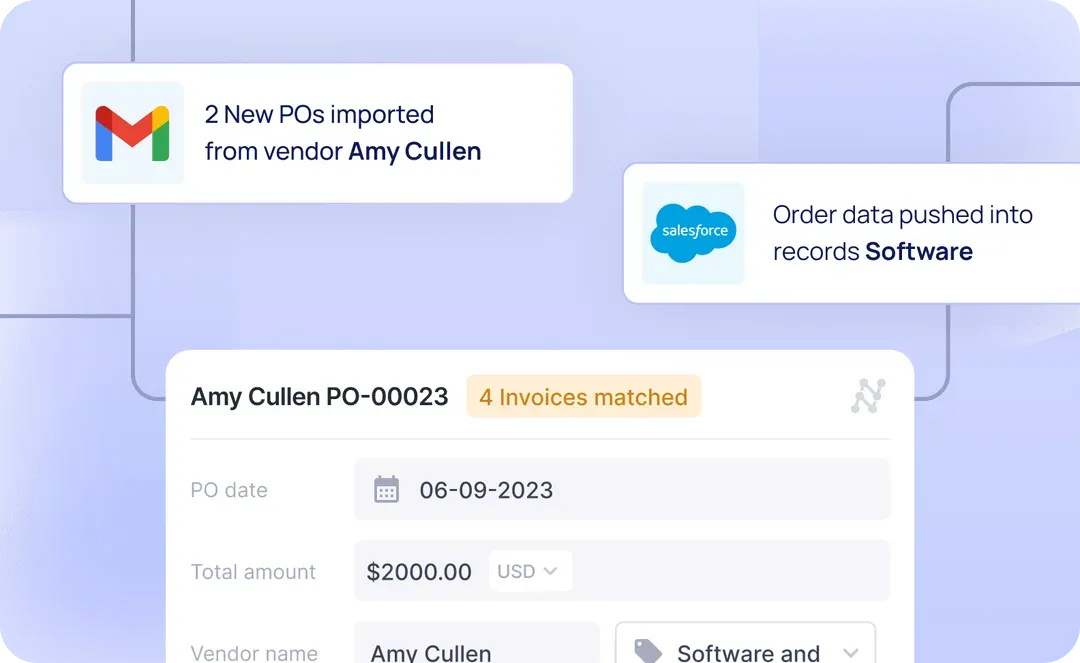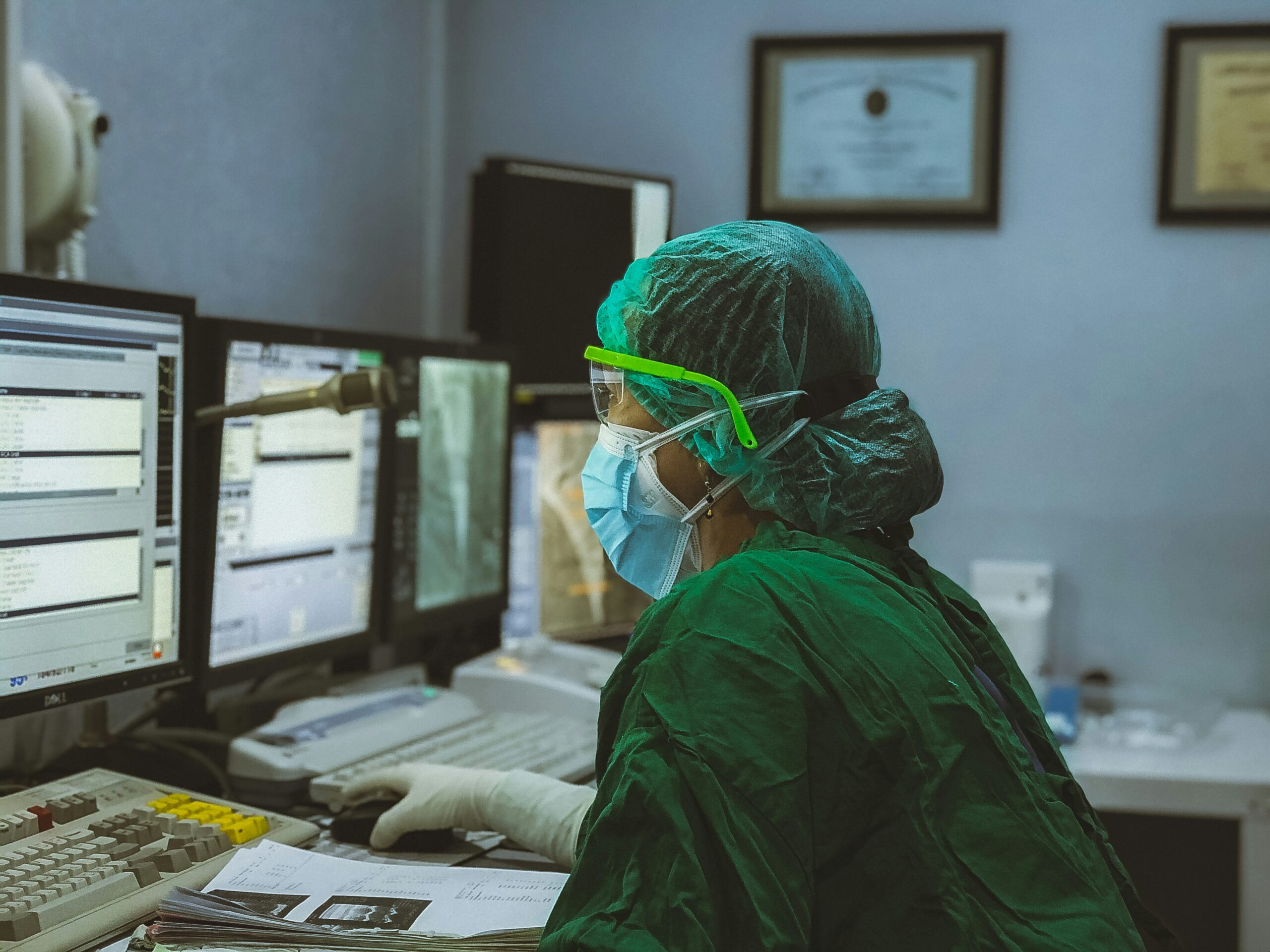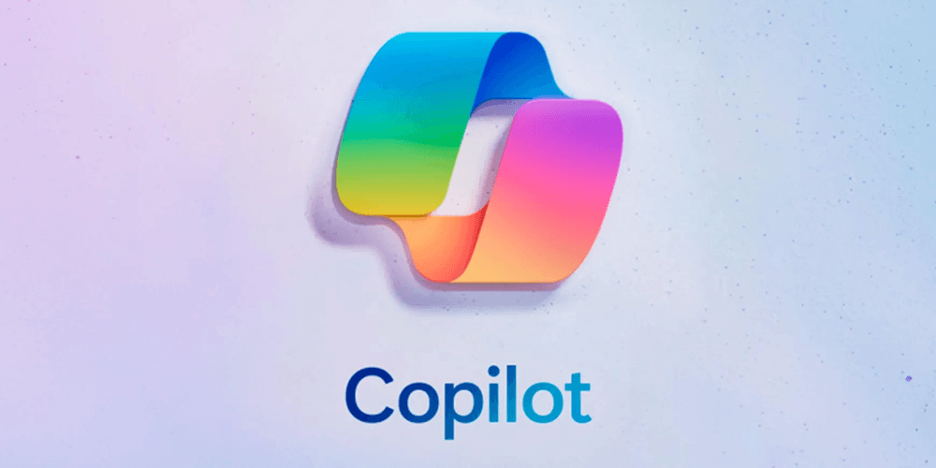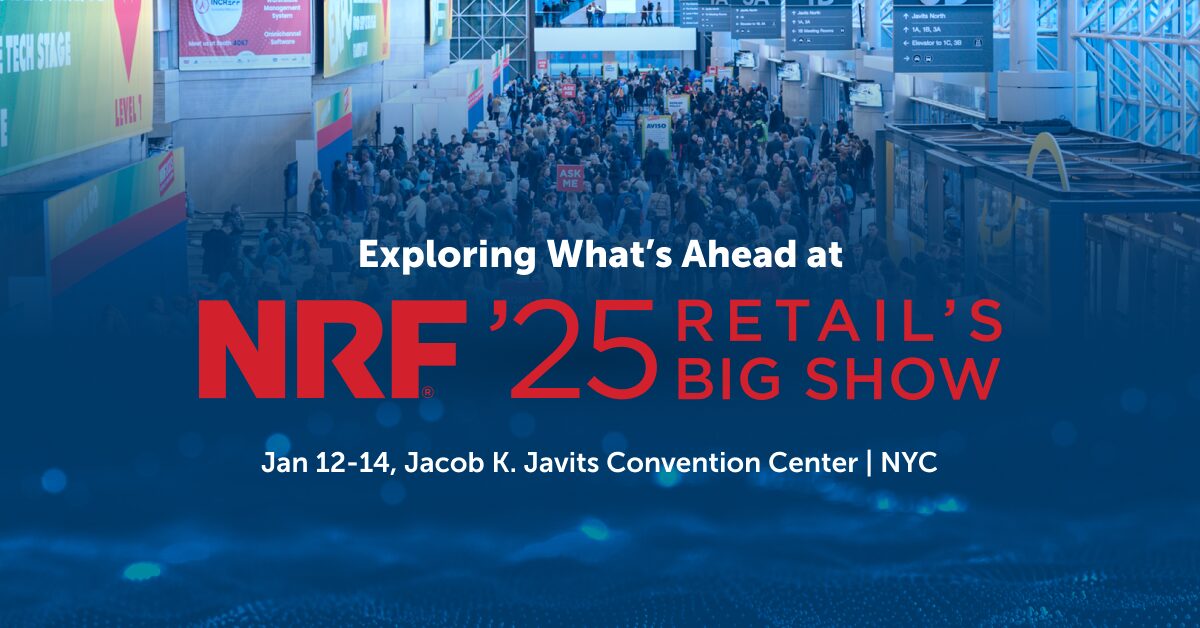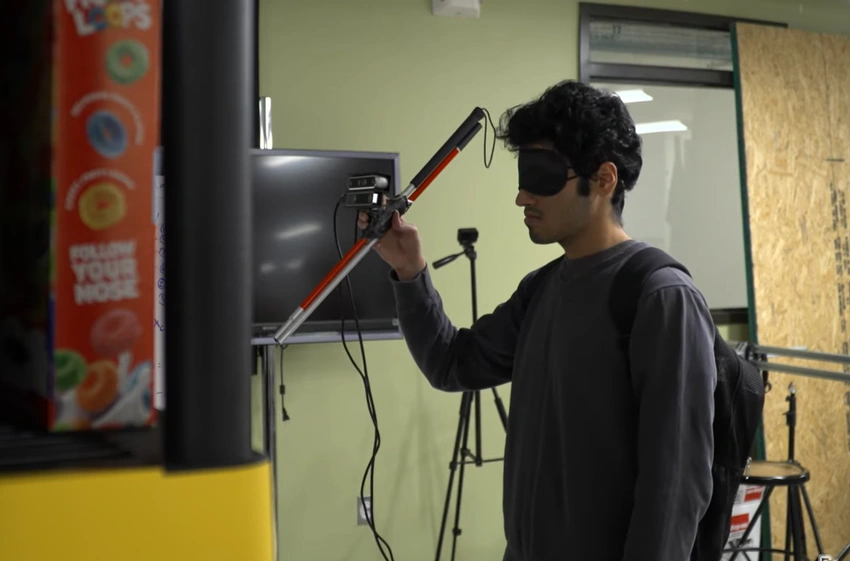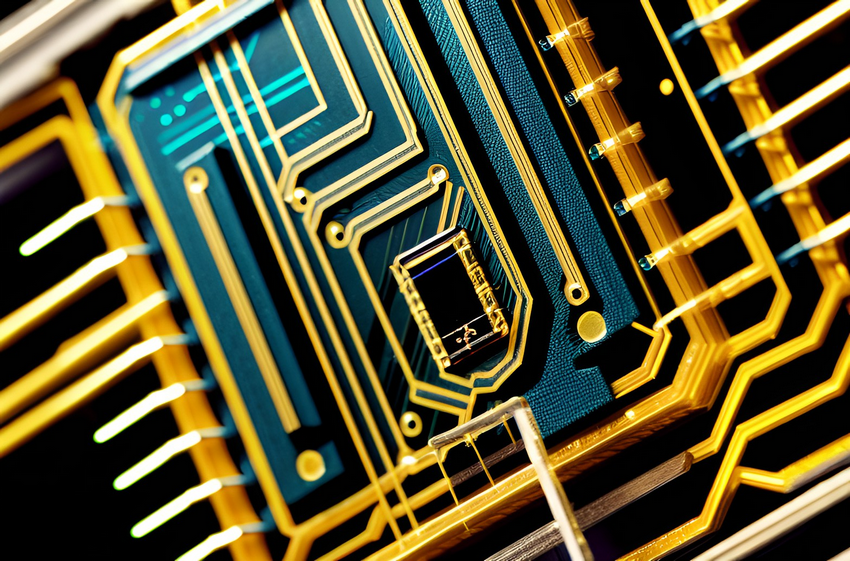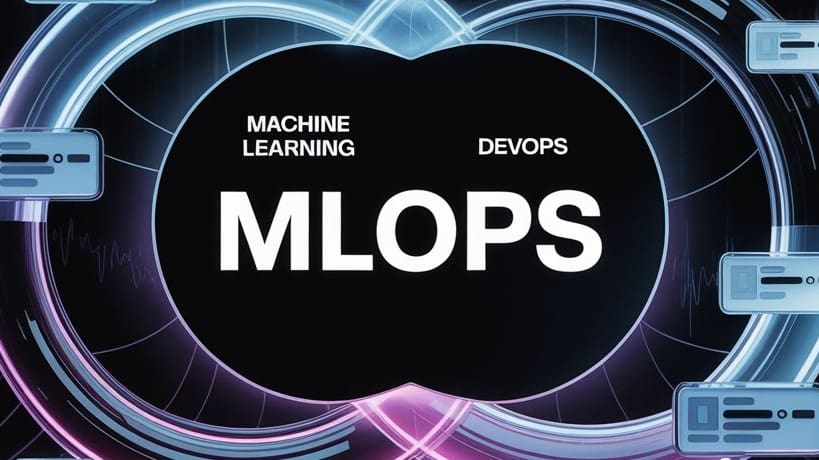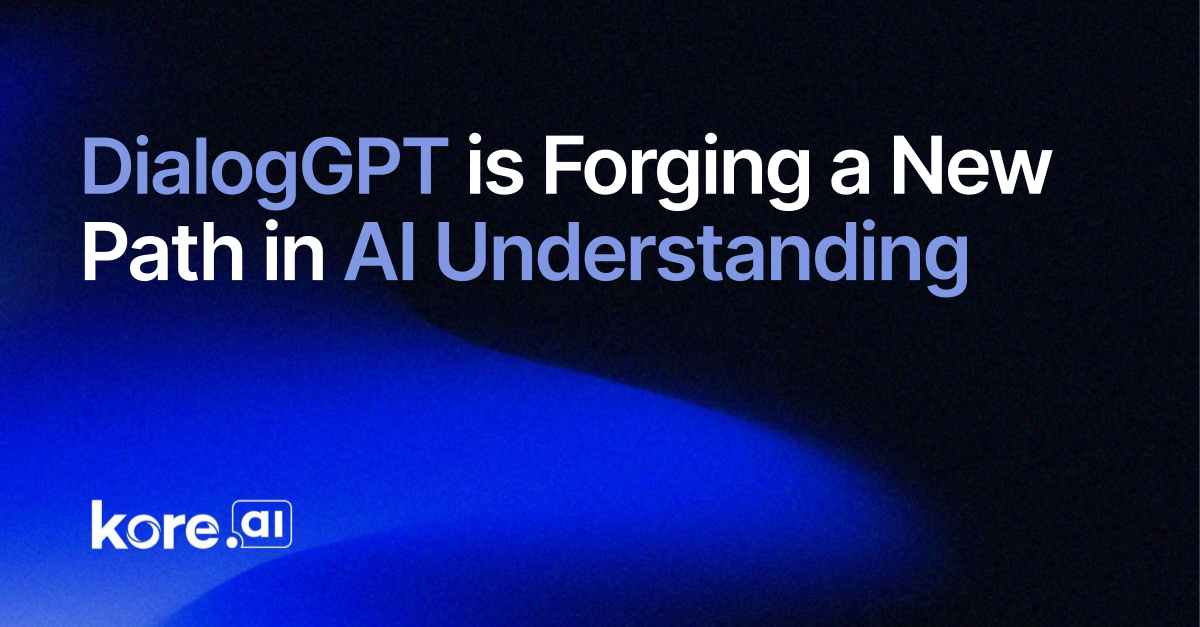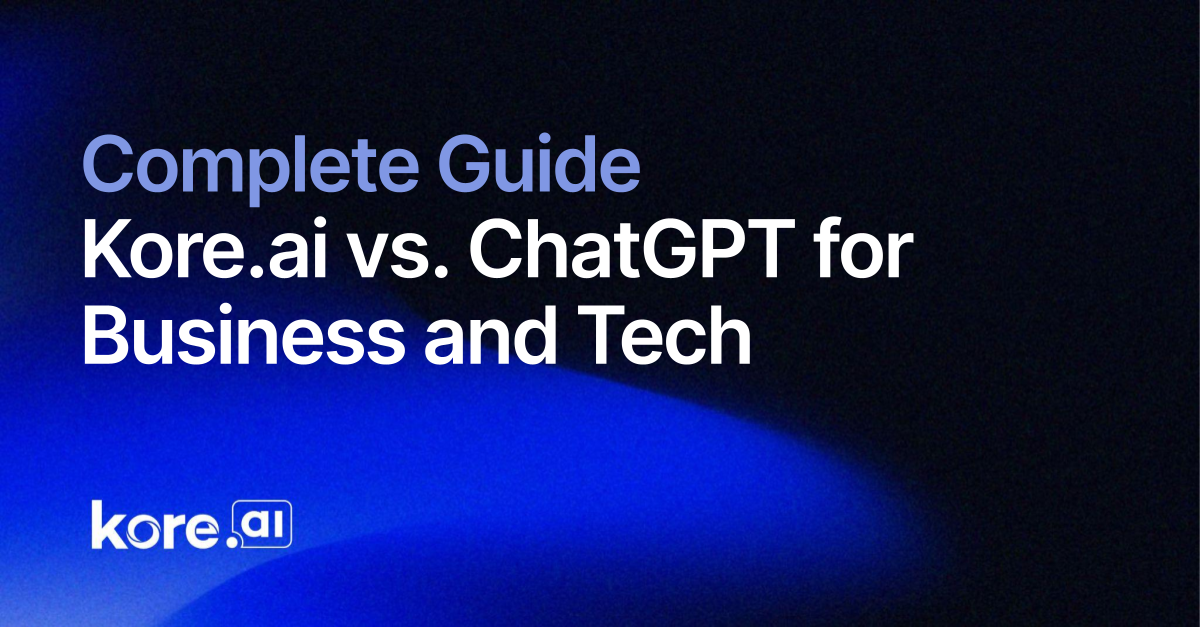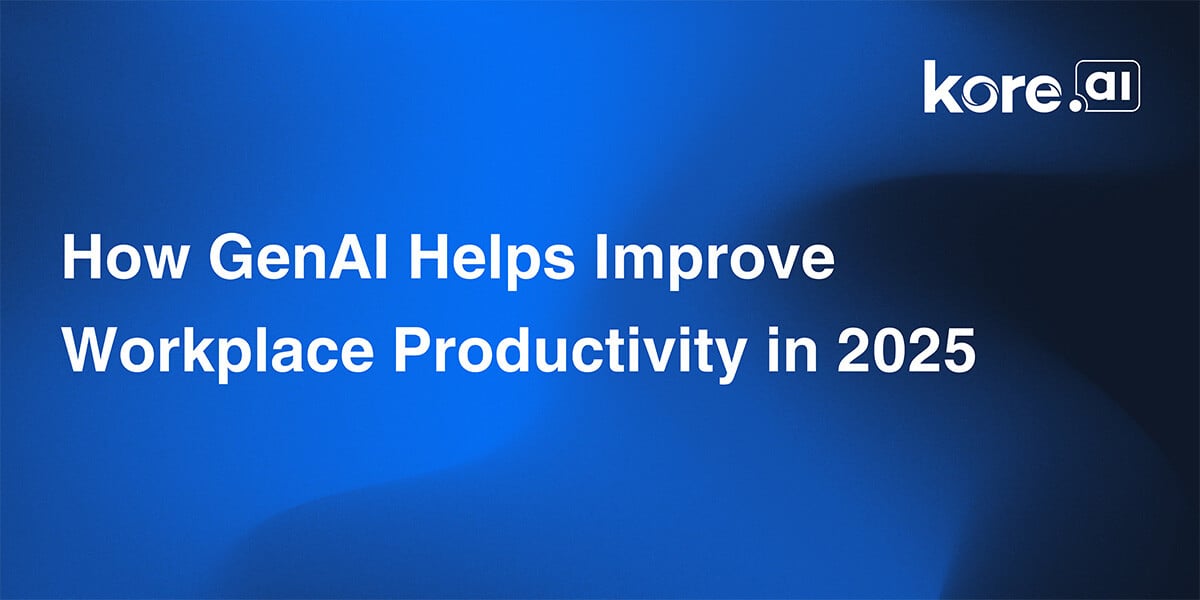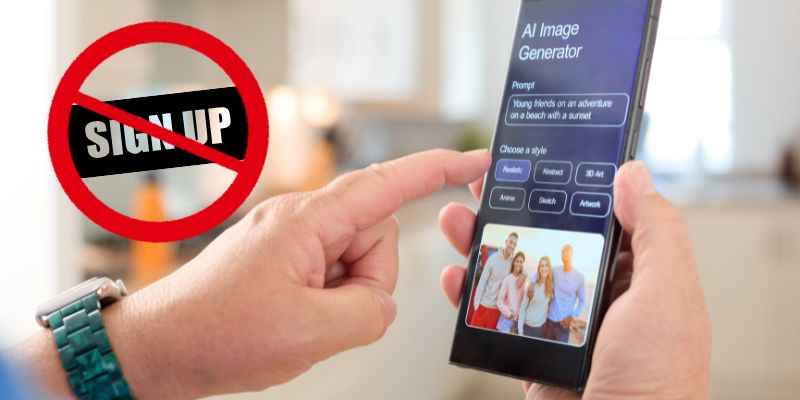AI-Generated Ad Created with Google’s Veo3 Airs During NBA Finals, Slashing Production Costs by 95%
A lone AI filmmaker, a cutting-edge generative video model, and a national TV spot during one of the year’s biggest sporting events. This isn’t the plot of a sci-fi movie; it’s the new reality of advertising, and it was created in just 3 days. TLDR: In a landmark moment for both the advertising and AI, […] The post AI-Generated Ad Created with Google’s Veo3 Airs During NBA Finals, Slashing Production Costs by 95% appeared first on MarkTechPost.

A lone AI filmmaker, a cutting-edge generative video model, and a national TV spot during one of the year’s biggest sporting events. This isn’t the plot of a sci-fi movie; it’s the new reality of advertising, and it was created in just 3 days.
TLDR:
- First of its Kind: An AI-generated commercial for the events-betting platform Kalshi was created using Google’s generative video model, Veo3, and aired nationally during the NBA Finals.
- Drastic Cost Reduction: AI Filmmaker PJ Accetturo created the 15-clip ad in just 3 days, resulting in an estimated 95% cost reduction compared to traditional commercial production. It cost cost $2,000
- The “Gemini-to-Veo3” Workflow: The ad was produced using a simple but powerful 4-step process: rough script, AI-powered prompt generation with Gemini, video generation with Veo3, and final editing in standard software like Adobe Premiere.
- The Future is Agile: The project signals a shift towards smaller, highly skilled creative teams leveraging AI to produce high-volume, brand-adjacent content quickly and affordably.
- Human Skill is Still Key: Despite the technological leap, the creator emphasizes that professional taste, directorial experience, and, most importantly, comedy writing are the new moats for creatives in the age of AI….and I agree!
In a landmark moment for both the advertising and AI, a commercial generated almost entirely by AI aired on national television this week during the NBA Finals. The ad, for the event-betting market Kalshi, was the brainchild of self-described “AI Filmmaker” PJ Accetturo, who was hired to produce a spot about people placing wagers on everything from sports to current events.
Ad is here.
The result is a testament to the rapidly advancing capabilities of generative video technology. In a detailed post on X, Accetturo unveiled the shockingly efficient process behind the ad, which leverages Google’s powerful new text-to-video model, Veo3. This achievement, coming just weeks after Veo3 public debut, underscores the breakneck speed at which AI is being adopted for high-stakes commercial use.
The AI-Powered Creative Workflow: From Script to Screen in Days
Accetturo’s process, which he claims has generated over 30 million views across various projects in just three weeks, is a masterclass in human-AI collaboration. He breaks down his viral video workflow into four simple steps:
- Write a Rough Script: The process begins with a foundational creative idea.
- Use Gemini for Prompts: Google’s Gemini is used to flesh out the script into a detailed shot list and generate specific prompts for the video model.
- Generate with Veo3: The prompts are fed into Veo3 (via google flow) to generate the raw video clips.
- Edit in CapCut/Premiere: The final AI-generated clips are assembled, timed, and polished using industry-standard video editing software.
Co-Writing with a Machine: Crafting the Vision
For the Kalshi spot, the creative process began by establishing a few key dialogue snippets. From there, Accetturo collaborated with Gemini to invent what he called “10 wild characters in unhinged situations” to deliver the lines.
“I co-write with Gemini,” Accetturo explains, “asking it for ideas, picking the best ones, and shaping them into a simple script.” This partnership allows for rapid ideation, blending human creative direction with the boundless imagination of a large language model.
Prompting is the New Directing
The critical translation layer between script and screen is the prompt. Accetturo has refined a specific method for this, using Gemini to convert each shot from the script into a highly detailed paragraph for Veo.
“I then ask Gemini to take the script and convert every shot into a detailed Veo prompt,” he notes. “I always tell it to return 5 prompts at a time—any more than that and the quality starts to slip.”
The key, he stresses, is to treat each prompt as a standalone instruction, providing Veo with the full context every single time to maintain consistency in character, setting, and tone.
Here’s an example of a detailed prompt used for the ad:
A handheld medium-wide shot, filmed like raw street footage on a crowded Miami strip at night. An old white man in his late 60s struts confidently down the sidewalk, surrounded by tourists and clubgoers. He’s grinning from ear to ear, his belly proudly sticking out from a cropped pink T-shirt. He wears extremely short neon green shorts, white tube socks, beat-up sneakers, and a massive foam cowboy hat with sequins on it…As he walks, he turns slightly toward the camera, still mid-strut, and shouts with full confidence and joy: ‘Indiana got that dog in ’em!’
Tips, Tricks, and the Bottom Line
Working with Veo3 requires a few insider tricks. Accetturo advises running prompts in “fast mode” and iterating quickly. If a generation is not perfect, he suggests pasting the original prompt back into Gemini, asking for specific changes, and trying again. He also notes a few current quirks, like occasional unwanted subtitles and the need to use phrases like “screaming at the top of their lungs” or all-caps dialogue to elicit yelling from the AI characters.
While Veo3 does not yet support consistent characters across multiple shots, highly detailed descriptions in each prompt can create a strong illusion of continuity.
The most staggering statistic from this experiment is the efficiency. “This took about 300–400 generations to get 15 usable clips,” Accetturo writes. “One person, 2-3 days. That’s a 95% cost reduction vs traditional ads.”
The Future of Advertising and the Creative “Moat”
Accetturo is quick to point out that this revolution doesn’t spell the end of creative professionals. “Just because this was cheap doesn’t mean anyone can do it,” he states. “I’ve been a director [for] 15+ years. Brands still pay a premium for taste.”
He envisions a future dominated by small, agile teams producing “viral, brand-adjacent content weekly,” achieving 80-90% of the impact for a fraction of the cost.
So, what is the defensible skill for filmmakers and advertisers in this new paradigm? According to Accetturo, it’s not technical prowess but creative instinct. I agree and this is a good proxy for an human+ AI future.
“The most valuable skill in entertainment and advertising is comedy writing,” he concludes. “If you can make people laugh, they’ll watch the full ad, engage with it, and some of them will become customers.”
The Kalshi NBA Finals ad is more than just a clever commercial; it’s a dispatch from the future of media creation—a future that is arriving fast.
“AI Filmmaker” PJ Accetturo newsletter is here : https://pjace.beehiiv.com
The post AI-Generated Ad Created with Google’s Veo3 Airs During NBA Finals, Slashing Production Costs by 95% appeared first on MarkTechPost.

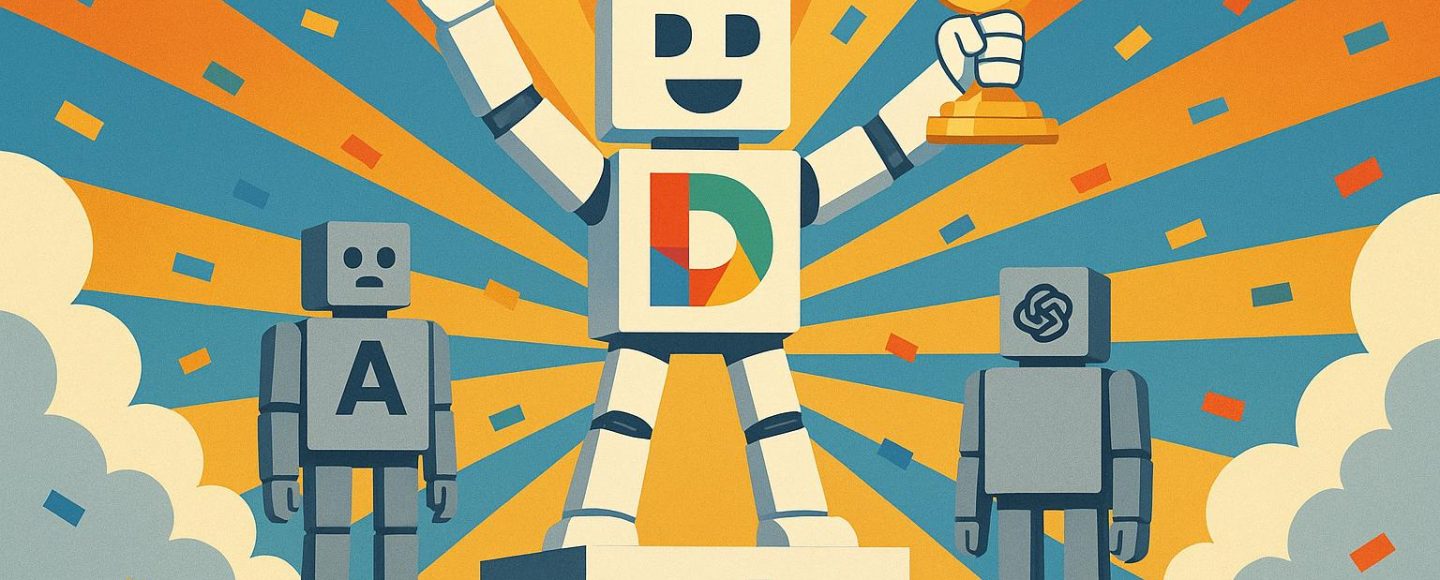
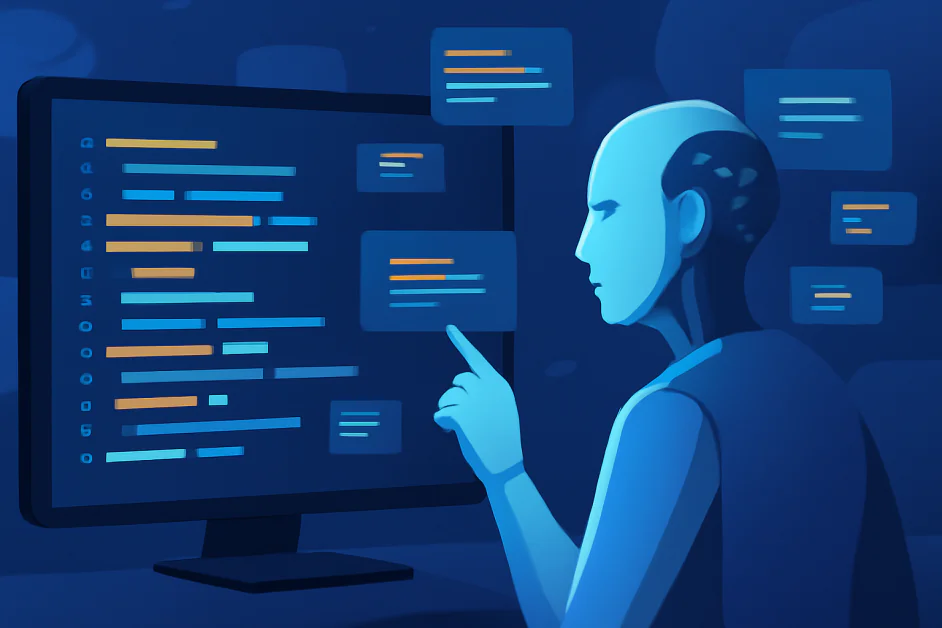
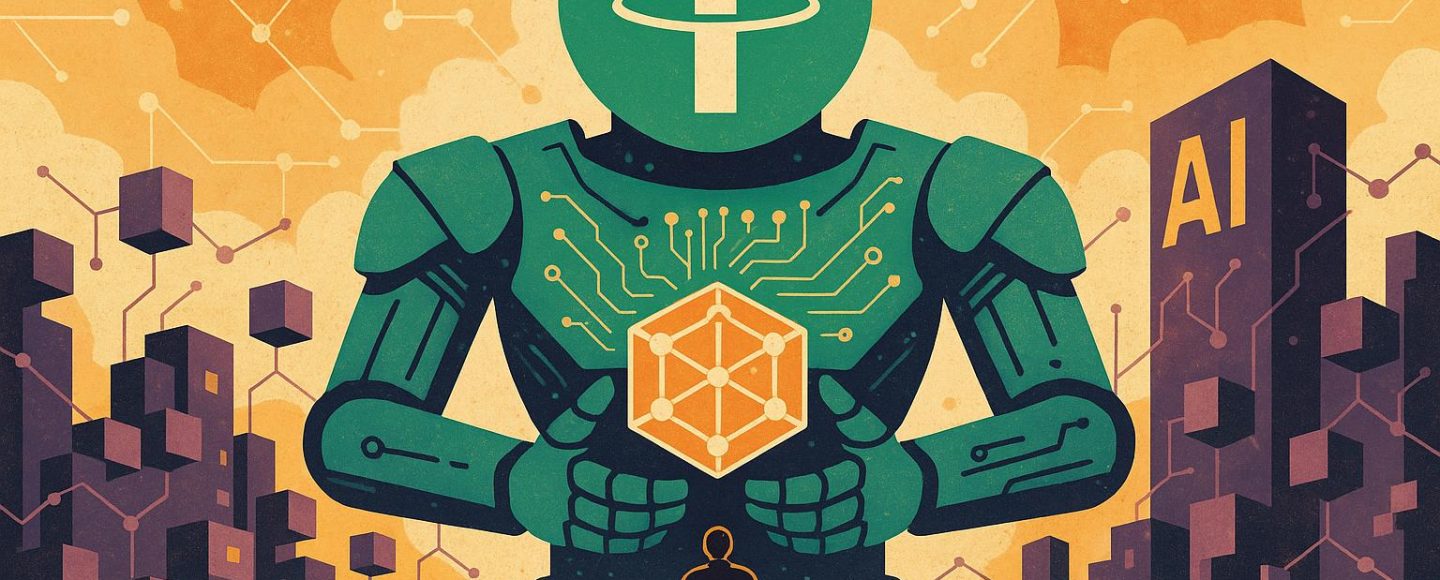











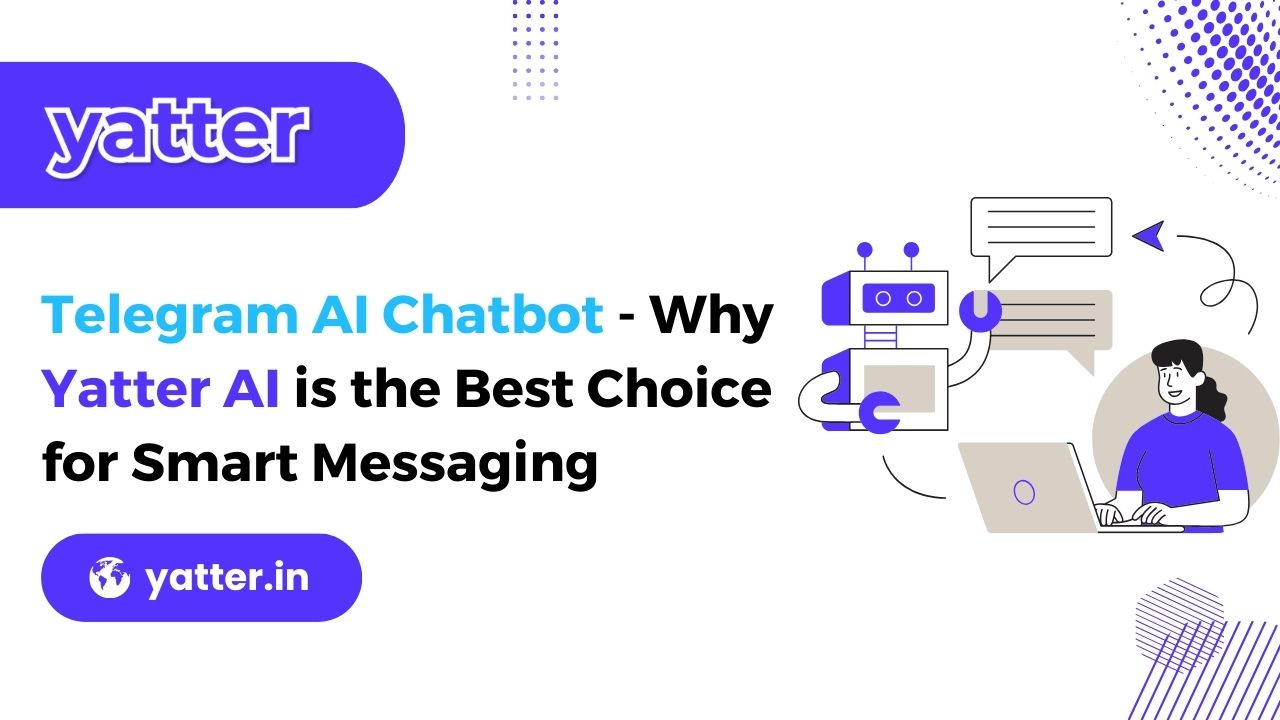











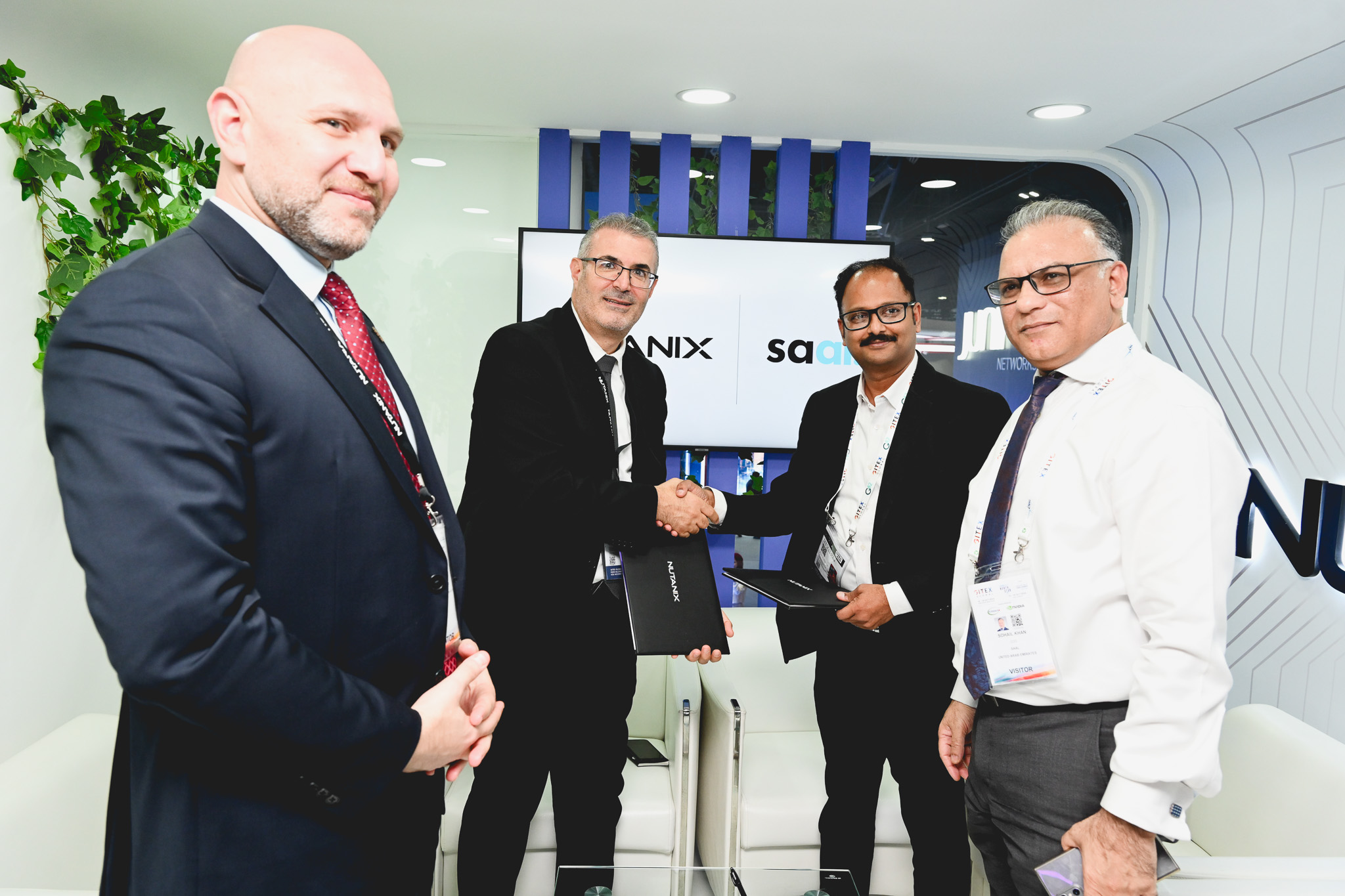


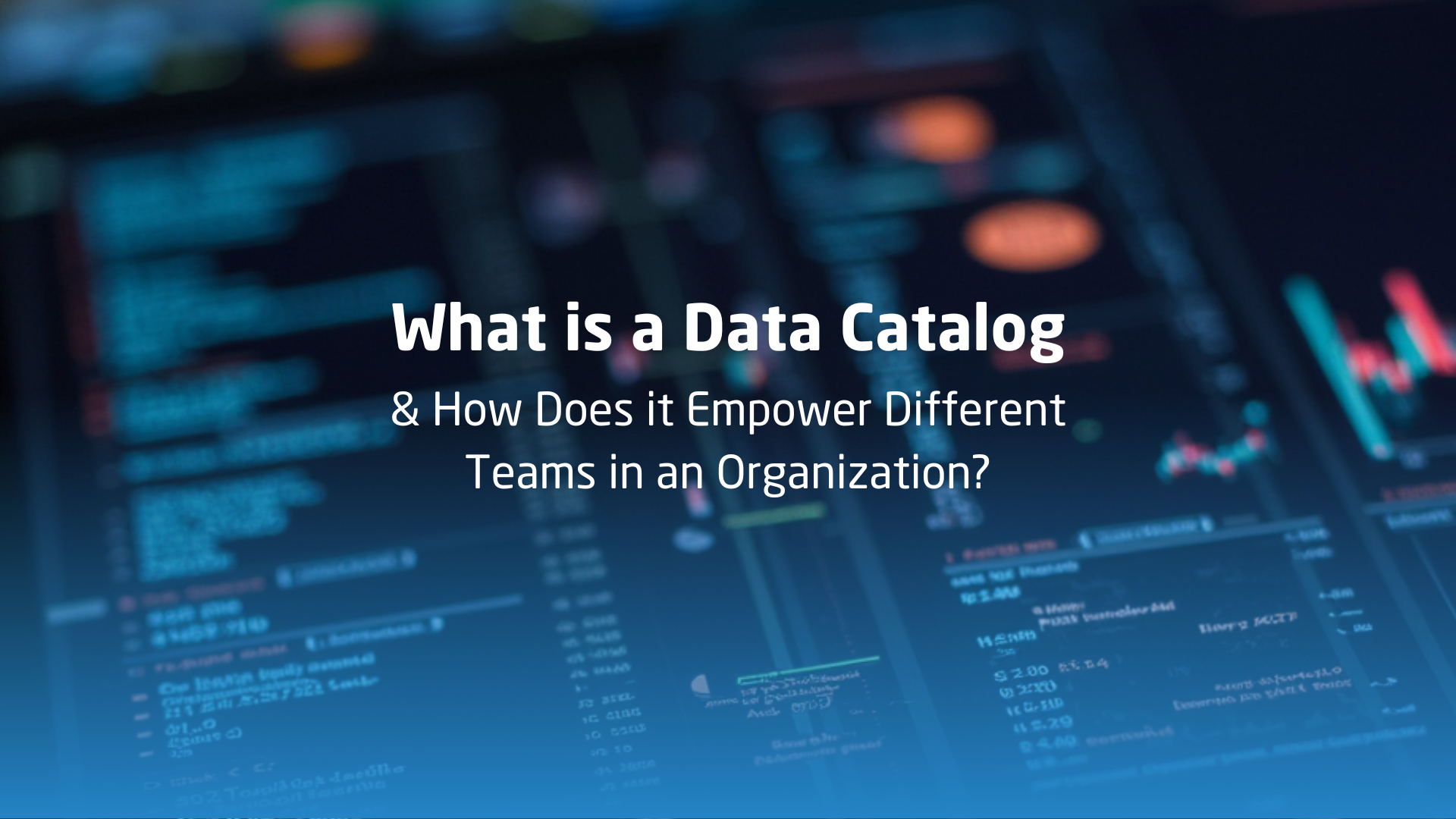




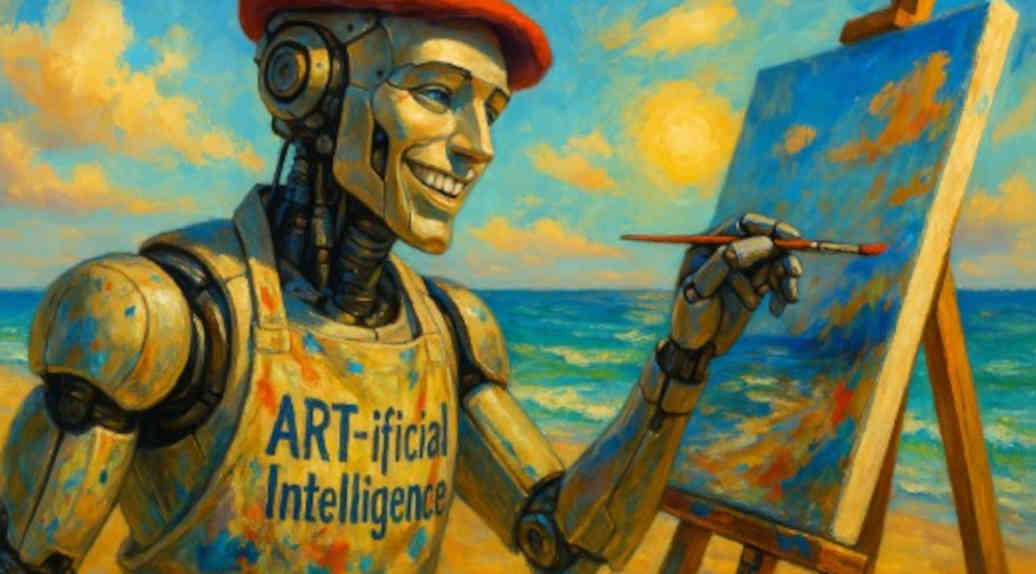


![[The AI Show Episode 152]: ChatGPT Connectors, AI-Human Relationships, New AI Job Data, OpenAI Court-Ordered to Keep ChatGPT Logs & WPP’s Large Marketing Model](https://www.marketingaiinstitute.com/hubfs/ep%20152%20cover.png)





